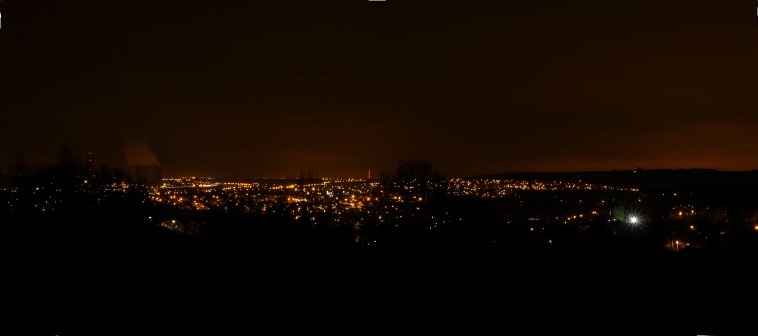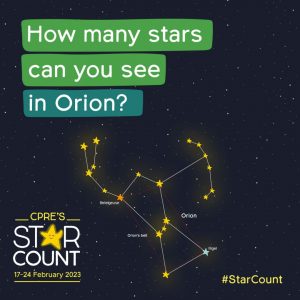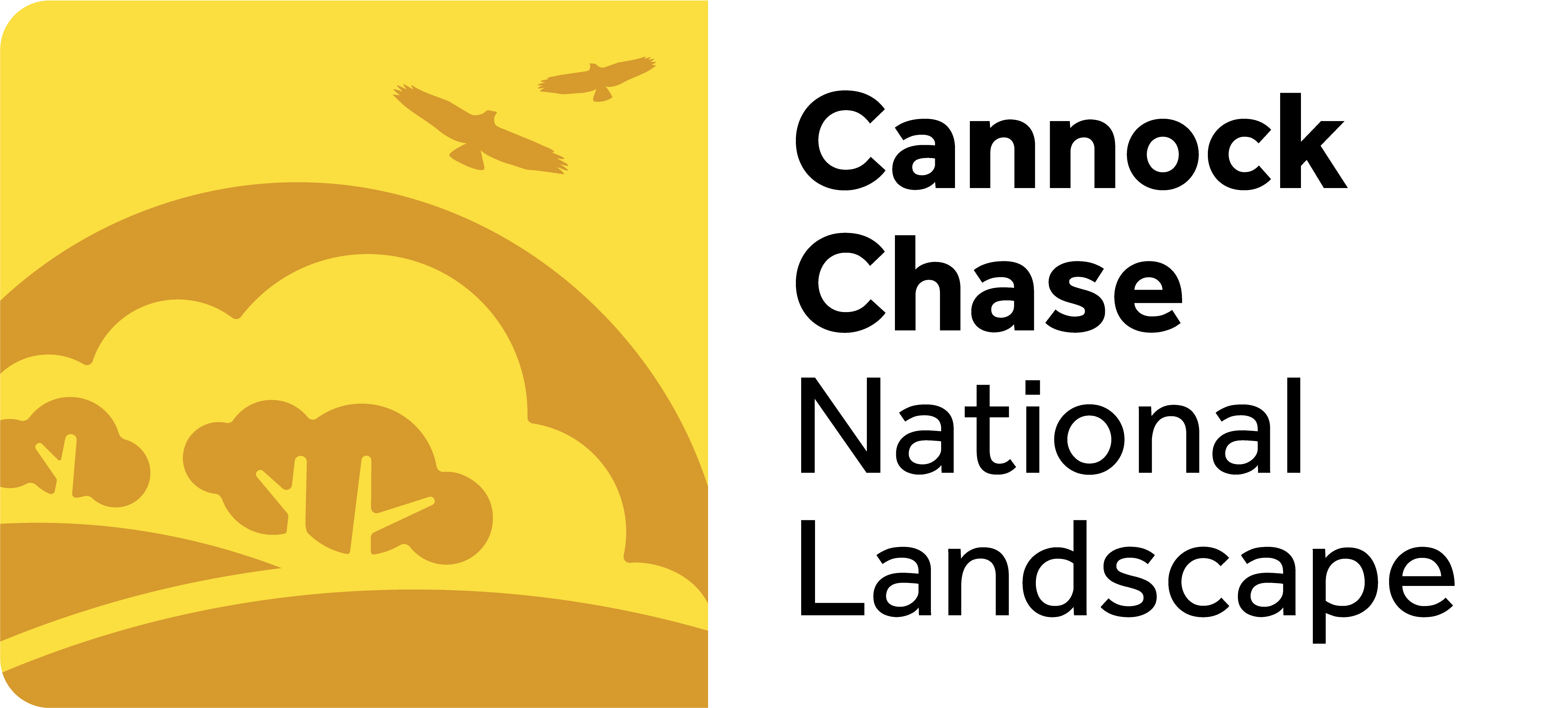
Dark skies
Cannock Chase is a nationally and internationally important landscape, and its relative wildness and tranquillity lies at the heart of its natural beauty. Darkness at night is an integral part of a landscape – 50% of the AONB is above us – and this adds to its beauty and sense of remoteness.
As a very small AONB, sitting between Stafford, Rugeley, Cannock and Burntwood, our relatively dark skies are significantly affected by light spilling in from the surrounding towns. This has an effect on tranquillity and creates a challenge to the AONB to deliver its core purpose to conserve and enhance the natural beauty of the protected area. Dark night skies are definitely outstanding, natural and beautiful, and we think they should be conserved and enhanced along with the rest of the AONB.
A starry night sky and the wonder of the Milky Way is one of the most magical sights the countryside can offer, connecting people to an important part of our natural heritage. Sadly, many people don’t get to experience this beauty due to light pollution. As well as reducing our ability to see the stars, light pollution has serious impacts for wildlife, our health, and the health of the planet. It disrupts the natural behaviour of wildlife, can be harmful to human health and wastes energy, at a time when many people are trying to live more sustainably.

Etching Hill at night
Human health
Our sleep can be disrupted by too much light at night, and research suggests that night light can increase risks for more serious health problems. Research suggests that exposure to blue light at night is especially harmful.
Wildlife and ecosystems
Plants and animals depend on the daily rhythm of light and dark to govern life-sustaining behaviours such as breeding cycles, food and sleep. Stray artificial light has negative effects on many creatures, including amphibians, birds, mammals, invertebrates, and plants, and as a result affects the sensitive habitats on the Chase. Controlling stray light particularly helps nocturnal animals that are busy at night.
Energy costs and carbon emissions
Poorly-designed or misdirected light, which shines into the sky contributes to ‘sky glow’, the orange haze many of us now see rather than dark skies and the stars. This wastes energy, raising costs unnecessarily and contributing to carbon emissions and global warming. By turning off or dimming down unnecessary lighting, substantial savings can be made by local authorities, businesses and individuals.
The AONB wants to ensure that our skies don’t get any lighter, and that looking up at a starry sky is something we can continue to experience and enjoy.
A Good Lighting Guide
Please find the published report Light Pollution and Dark Skies in the Cannock Chase AONB – A Good Lighting Guide
The purpose of the guide is to raise awareness of dark skies, their social, environmental, and economic benefits, and to demonstrate how simple changes by the way we light our homes, businesses and neighbourhoods can have big impacts. It provides information and advice to individuals, businesses and decision makers interested in reducing and avoiding light pollution so that we keep Cannock
Chase special.
Together with CPRE, Cannock Chase AONB have developed a Dark Skies project to help our community and visitors to:
Better appreciate and enjoy the wonder of dark skies in Cannock Chase AONB
Better understand the effects of light pollution on human well-being, wildlife and sustainability
Encourage everyone to protect and enhance dark skies and reduce light pollution in the area
Star Count 2023
As part of this project, in 2023 we are linking up with CPRE’s national Star Count. We are inviting local people to join Star Count if you live in or around Cannock Chase AONB. Anyone can take part in the survey and become a “citizen scientist” by choosing a clear night between 17-24 February and counting the number of stars in Orion.
Its easy to do and does not require a telescope or any other equipment. This year CPRE is asking everyone to take part from home: from a garden, balcony, doorstep or even bedroom window. It’s a family-friendly activity that’s quick and easy to do, and can help more of us experience the beauty of a starry sky. You can find out more about Star Count on the CPRE website. Just sign up now for the Star Count.
The results will be used by CPRE to create an interactive map of the nation’s view of the night sky. They will also help CPRE and the AONB Partnership in their work to reduce light pollution and keep the night skies above Cannock Chase special.
CPRE have organised in conjunction with Cannock Chase AONB an event for local scouts and guides. Professional astronomers from Keele University’s Observatory will bring their telescopes to allow children to enjoy great views of the night sky. They’ll explain what can be seen in the night sky, both with and without a telescope, and will talk about the importance of reducing light pollution.
Photo credit: Bob Mizon
